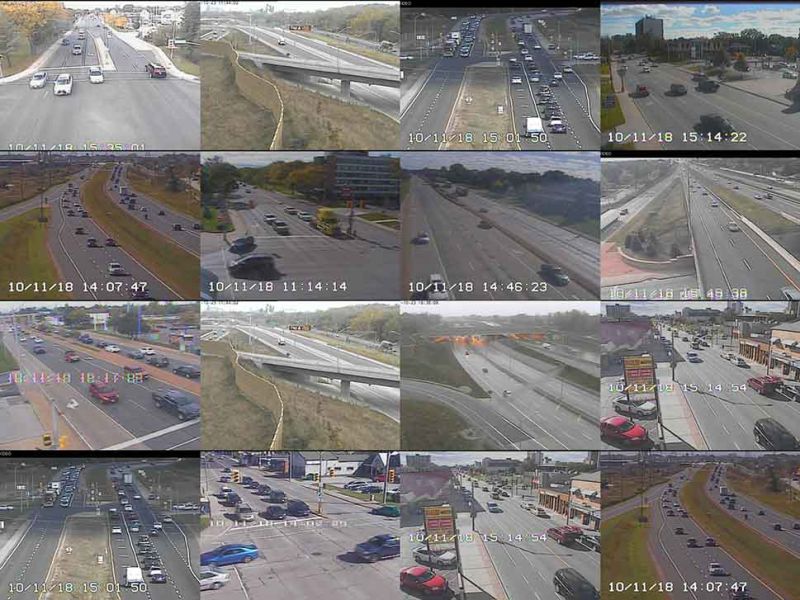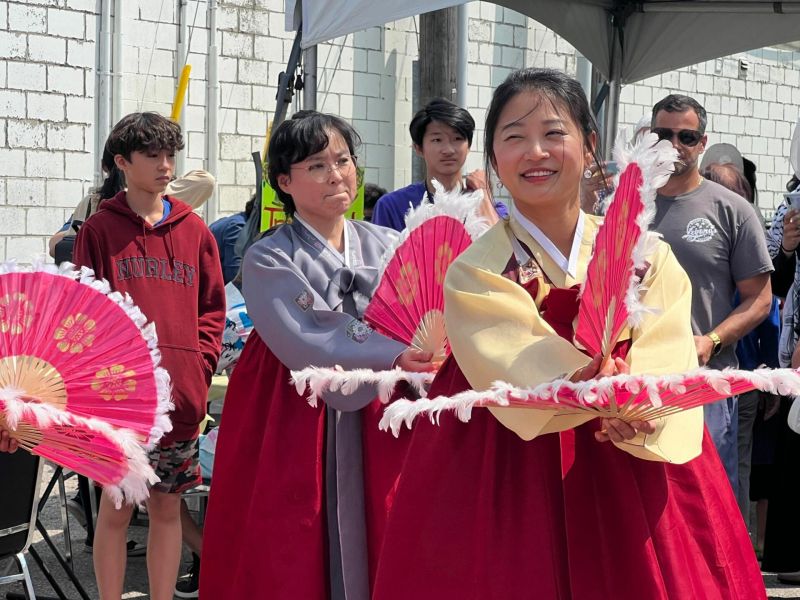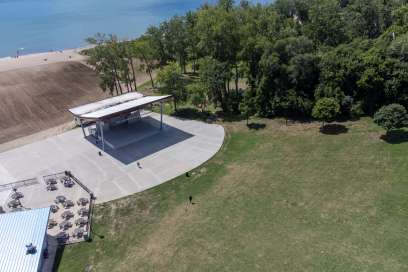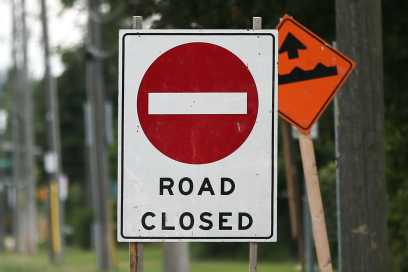Here’s What’s Happening Under Ontario’s State Of Emergency
Tuesday March 17th, 2020, 10:28am
Hello time traveller!!
This article is 1902 days old.
The information listed below is likely outdated and has been preserved for archival purposes.
Ontario has declared a State of Emergency over COVID-19 and that means certain things will change in the province for the next two weeks.
Premier Doug Ford announced the decision Tuesday morning by declaring an emergency under the province’s Emergency Management and Civil Protection Act which defines the purpose of an emergency as “to promote the public good by protecting the health, safety and welfare of the people of Ontario.”
“We are facing an unprecedented time in our history,” said Premier Ford. “This is a decision that was not made lightly. COVID-19 constitutes a danger of major proportions. We are taking this extraordinary measure because we must offer our full support and every power possible to help our health care sector fight the spread of COVID-19.”
“The health and wellbeing of every Ontarian must be our number one priority,” he said.
As a result of this declaration and its associated orders, the following establishments are legally required to close immediately:
- All facilities providing indoor recreational programs;
- All public libraries;
- All private schools as defined in the Education Act;
- All licensed child care centres;
- All bars and restaurants, except to the extent that such facilities provide takeout food and delivery;
- All theatres including those offering live performances of music, dance, and other art forms, as well as cinemas that show movies; and
- Concert venues.
The Premier also announced a mandatory limit on the number of people at events in the province.
All organized public events of over fifty people are prohibited, including parades and events and communal services within places of worship.
“We are acting on the best advice of our Chief Medical Officer of Health and other leading public health officials across the province,” said Christine Elliott, Deputy Premier and Minister of Health. “We know these measures will affect people’s every day lives, but they are necessary to ensure that we can slow the spread of COVID-19 and protect our people. We’re working with all partners across the system, from public health to hospitals and community care, to do everything we can to contain this virus and ensure that the system is prepared to respond to any scenario.”
The State of Emergency will remain in effect until March 31st (fourteen days) — the limit imposed by the Emergency Management and Civil Protection Act — unless the Lieutenant Governor in Council by order declares it to be terminated at an earlier date.
The Lieutenant Governor in Council also has the power to extend an emergency before it is terminated for one further period of no more than 14 days. The Ontario Legislature can further extend the emergency for additional periods of no more than 28 days. There’s no indication at this time that the province is considering an emergency longer than two weeks.
“Our government is taking an important step to protect Ontarians by declaring a provincial emergency through the Emergency Management and Civil Protection Act, establishing Ontario’s ability to quickly implement and enforce orders in the public interest,” said Solicitor General Jones. “Our government will continue to respond to this outbreak by limiting the exposure of individuals to COVID-19 and ensure the health and well-being of all Ontarians.”
The province is also continuing its response to COVID-19 by investing up to $304 million to enhance the province’s response to COVID-19 by providing the following:
- $100 million for increased capacity in hospitals to assist with the effective treatment of COVID-19 patients both in critical care and medicine beds.
- $50 million for more testing and screening through public health, including additional funding to support extraordinary costs incurred to monitor, detect and contain COVID-19 in the province. This includes contact tracing, increased laboratory testing capacity and home testing.
- $50 million to further protect frontline workers, first responders and patients by increasing the supply of personal protective equipment and other critical supplies and equipment to protect them.
- $25 million to support frontline workers working in COVID-19 assessment centres, including the creation of a new fund to provide respite care, child care services and other supports as they are needed.
- $50 million for long-term care homes to support 24/7 screening, additional staffing to support infection control and additional supplies.
- $20 million for residential facilities in developmental services, gender-based services and protective care for children and youth to support additional staffing, respite for caregivers impacted by school closures, personal protective equipment and supplies and transportation costs to minimize client exposure and to support social distancing, as well as additional cleaning costs.
- $5 million to protect seniors in retirement homes through increased infection control and active screening procedures.
- $4 million for Indigenous communities to support transportation costs for health care professionals and the distribution of critical supplies.
























